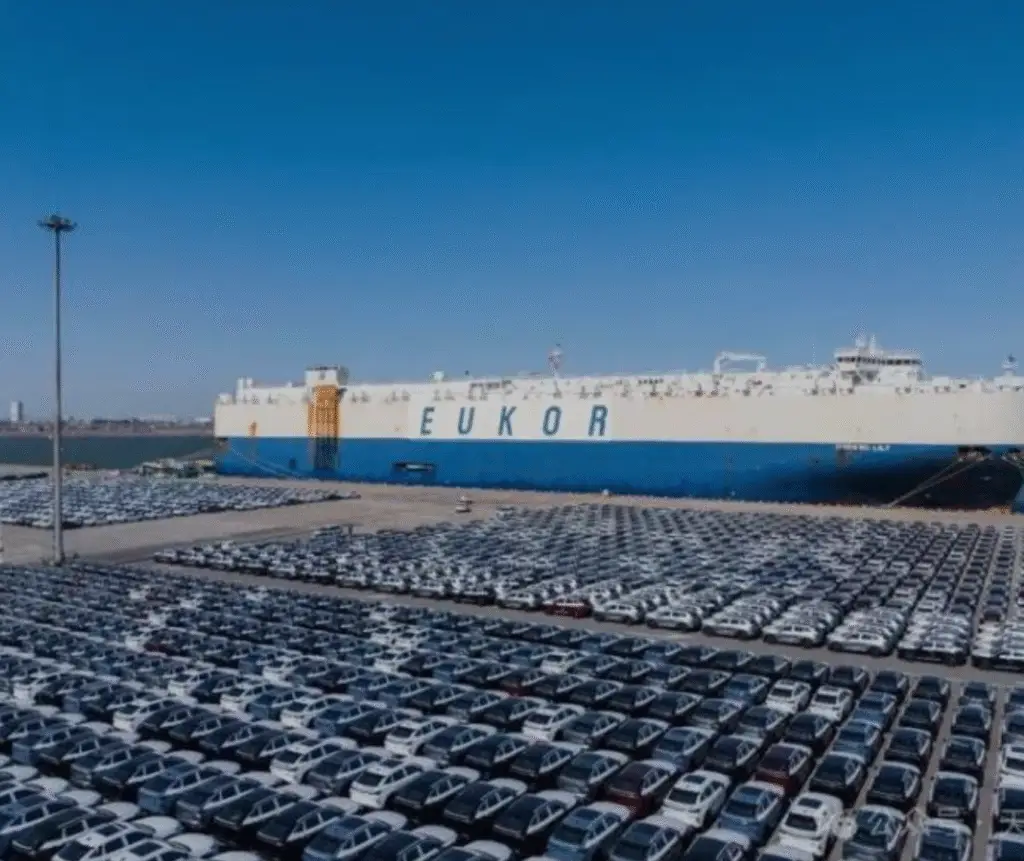Shipping a vehicle from China to an international destination can involve a wide range of expenses beyond the base freight rate. Many exporters, especially first-time shippers, are surprised by the complexity of the pricing structure. This article outlines the common cost elements associated with vehicle shipping and explains how to anticipate and manage them.
1. Freight Charges: Ro-Ro, Container, Rail, and Air
Each mode of transportation has a different pricing model:
- Ro-Ro (Roll-on/Roll-off): Charged per vehicle unit or lane meter.
- Container: Based on container size (e.g., 20ft or 40ft) and load volume.
- Rail Freight: Often priced per CBM (cubic meter) or per vehicle, depending on train configuration.
- Air Freight: Charged based on chargeable weight (volume vs. actual weight).
Note: Ro-Ro is generally cheaper but less secure; container costs more but offers better protection and flexibility.
2. Inland Transportation and Handling Costs
Before international shipping begins, the vehicle often needs to be transported from the point of sale (e.g., a manufacturer or dealer) to the port or rail terminal.
- Local trucking costs vary by province and distance.
- Lifting, loading, or stuffing into containers incurs terminal handling charges.
- Storage and warehousing fees may apply if shipment is delayed.
Tip: Confirm these charges upfront with your freight forwarder.
3. Documentation and Clearance Fees
China’s export regulations require proper documentation, often processed by licensed agents. Key cost items include:
- Export declaration fees
- Customs inspection (if selected)
- License or permit application fees
- Translation or legalization of documents
Note: Some services bundle these under a “documentation fee” in quotes. Always ask for a breakdown.
4. Insurance Premiums
Although optional, insurance is strongly recommended for international shipments. The premium is calculated as a percentage of the vehicle’s declared value.
- Standard marine cargo policies cover damage or loss during transit.
- Specialized policies may be needed for modified or high-value vehicles.
Tip: Clarify the coverage terms and exclusions before committing.
5. Destination Charges
When the vehicle arrives at the destination port, the consignee may be required to pay:
- Import duties and taxes
- Terminal handling charges
- Customs clearance agent fees
- Local delivery or on-carriage (if door-to-door)
Reminder: These costs vary significantly by country and vehicle type. Some countries offer exemptions for electric or used vehicles.
6. Optional Services and VIP Handling
For specialized cargo—such as race cars or exhibition vehicles—additional services may be necessary:
- Temperature-controlled containers
- Custom packaging or reinforced crating
- Temporary import bonds or carnet services
Note: These are often priced as a package or surcharge and should be agreed in advance.
7. Currency and Seasonal Fluctuations
Freight rates and terminal charges can fluctuate based on fuel prices, port congestion, or currency movements. Peak shipping seasons (e.g., before holidays or year-end) often see surcharges.
Advice: Lock in quotes early or request flexible options if your timeline allows.
Conclusion
A comprehensive understanding of vehicle shipping costs from China requires careful attention to each segment of the journey. While it’s tempting to focus solely on the freight rate, exporters should also budget for inland handling, documentation, insurance, and destination costs. By breaking down each cost component, shippers can better plan, avoid surprises, and ensure smoother international transactions.
